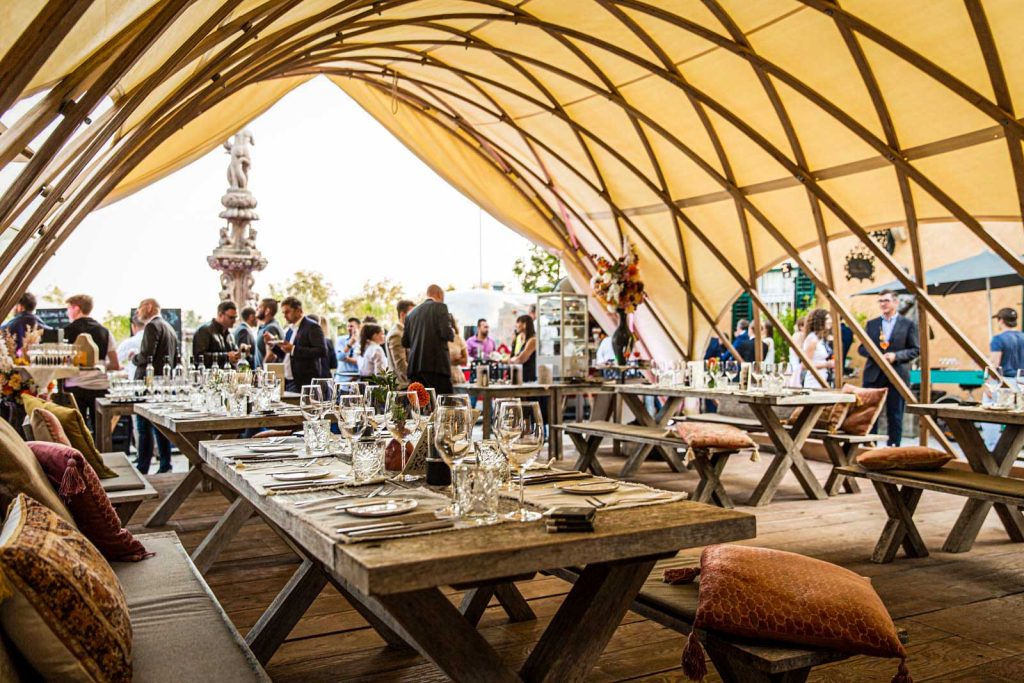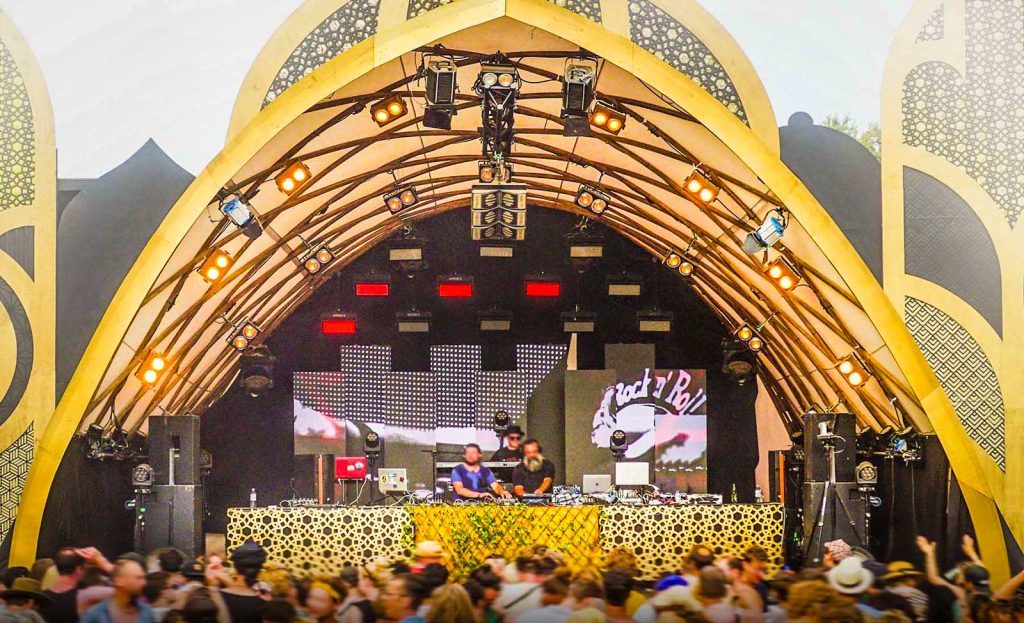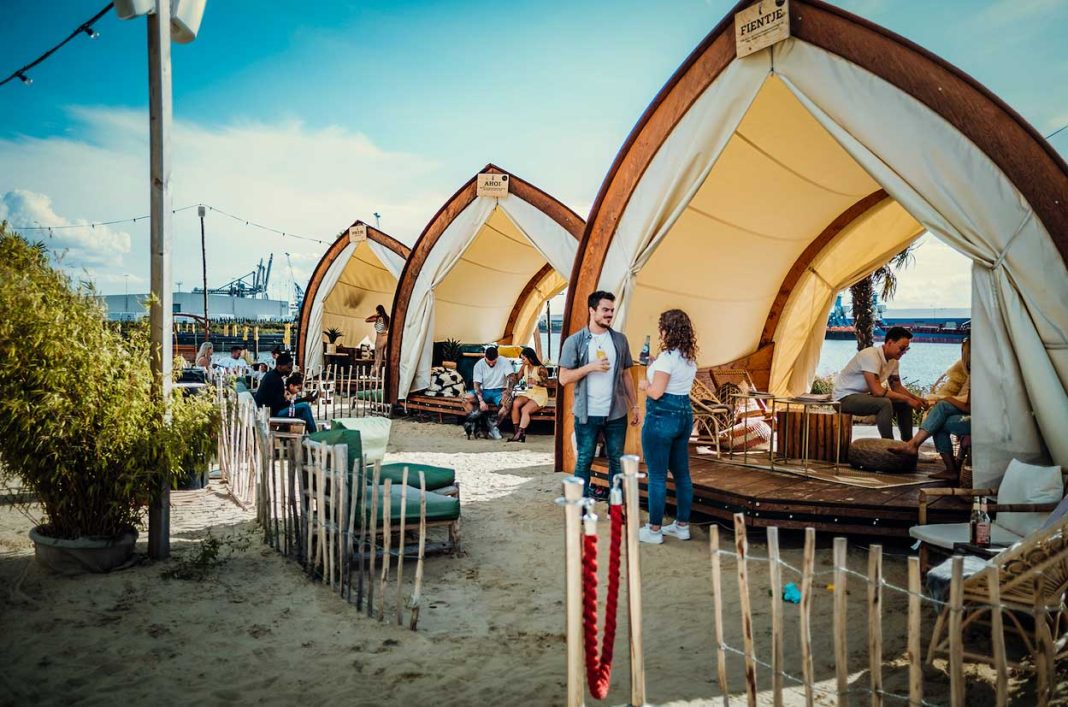With public demand for sustainability snowballing, it’s inevitable every sector will undergo a green transformation. Construction, however, may not be as advanced as we thought. Max Schade from STROHBOID acts as our guide today, busting the myths around building from natural materials and emphasising why there’s still a lot of investment needed before we’ll see large scale construction projects played out in wood, straw, and clay.
The construction methods and materials we have grown accustomed to are massive contributors to the harmful emissions that cause climate change.
As attitudes change and the expectation that everyone does their bit for the environment grows, we’re seeing a shift towards the use of natural, renewable, and recycled materials on the building site.
At least, that’s the myth we’re sold.
While the tale contains some truths, there are CityChangers on the inside who see it differently.
So, CityChangers.org wants to get to the bottom of what might be causing the hold up and learn what we can do to make the reality match the narrative.
Drawing the Short Straw

Time to introduce Maximilian Schade. Together with Fritz Walter, Max co-founded the Austrian construction company STROHBOID.
From a young age, Max had architectural influences in his family life and, while studying, he was drawn strongly to the aesthetics of the profession.
Fritz on the other hand, having been a carpenter, was determined to work with natural materials, fusing the built and natural environments.
The combined preoccupations of these two leaders shape their company’s philosophy for beautiful, organic structures made from sustainable resources.
As the name suggests to German speakers, STROHBOID formed with the aim to build structures out of straw. In fact, their whole vibe is natural materials – so, wood and clay as well.
This sounds reasonable enough. But Max tells us that it’s not commonplace, and getting it there is much more ambitious than expected. Why?
It comes down to this: we recognise the urgent need to transform the way we build, but the skills and technology to get there are still lagging. There just isn’t the right level of investment.
A New World of Wooden Buildings
In view of this, STROHBOID may be an exception. They already have products on the market: a sustainable glamping tent, a sustainable pavilion, and a lounge, all designed, as their website claims, as “oases of well-being” where “the outdoors is turned into the indoors”. These are mainly temporary structures used for attractions and events like festivals and weddings, but can be reinforced to be used all year round – including in winds of up to 160km/h!

They are visually impressive curved geometric shells – Max’s handiwork – and weatherproofed with a transparent membrane.
But Max’s vision is far greater. He has his sights set on entire city blocks and CO2-neutral housing made from his three dream materials: wood, clay, and straw.
These would be more traditional in form – straight-walled and multi-storey – but retain the pleasant organic qualities that natural fibres offer. Wood actually feels healthier to live in, and straw is a natural insulator, Max explains.
STROHBOID has prototypes which prove that it’s possible to build in this way, but that’s all they currently are – prototypes.
It’s a lack of capital, our CityChanger says, that keeps sustainable construction from fulfilling its potential.
For now, we have no capacity to develop the rest – the straw and clay. It’s possible but there’s no budget for developing things like this.

Holding Back Progress
Developing sustainable construction methods is just not in the minds of those in state government, Max explains – at least not in Austria. As a result, institutions and universities aren’t developing architectural methodologies that work with raw natural materials.
“In mobility, a lot is changing already: electro-mobility, more trains, self-driving cars. The whole industry is starting to change. The same with energy: solar power, wind power, water power. The whole world is developing systems for this. But, in the construction industry, there’s almost nothing happening.”
With little other choice, the STROHBOID team is trying to press ahead with their own developments, seeded by their business and working in isolation. This is a much slower route to the widescale systemic change Max wants to see.
Where does he think all the funding for R&D is going? What is happening in construction circles?
“You get funding if you do something with robots, but, if you want to make changes to the materials which are not [yet commonly] used, it’s really complicated to get funding.”
.
Old vs New
Max is quick to note that we as a species have been building from straw and clay for millennia. Plastic and concrete – at least to the level we see now – only became mainstays in the past two centuries.
“To build sustainably, you just have to move back to the materials people used to use.”
It all used to be done by hand. Actually, it still is.
The holdup is in the way that we build. There is little evidence at present of tech developments that automate and scale up the processes.
Max knows of a company in Vienna developing a machine that cuts straw bales small enough that the fibres can be pushed into wall cavities for insulation – and that’s about it!
To get the speed and affordability we now expect – as is the case with concrete – we need to invest in modern technologies that specialise in producing, improving, and using all natural materials.
Benefits
What are the advantages of these materials anyway? Why should we care?
First of all, we can reduce the volume of embodied carbon in the industry by slashing the amount of extraction and processing for building materials. Wood and straw, Max adds, are huge carbon storage wells, so they actually draw down emissions.
They are also renewable. Clay, for example, also requires very little transportation because it’s so commonly found, right beneath our feet.
Then there are the properties. Max mentions that German studies have proved that clay offers protection against fire, more so than concrete. It seems obvious, actually; we put clay into a kiln and out comes a rock-hard brick, not a pile of ash. So, a ceramic coating on the wall will prevent the straw insulation underneath from burning.
The techniques STROHBOID have developed for their pavilions use wood so efficiently that the company “just need[s] one cubic metre of wood for a structure [with a] 70 square metres surface area”.
If you use wood really efficiently, you can build every house in the world.
That’s because they use laminated veneer lumber, which provides twice the strength of regular wood and can be produced at four times the output of traditional milling. This is why, other than for laying down foundations, Max rejects the use of recycled wood in their products – it just doesn’t meet their quality standards.
Maintaining a Realistic Perspective
Remember that membrane Max mentioned is used on his temporary structures? This is transparent ‘sheeting’ that acts as the roof and windows.
It’s made of PVC.
STROHBOID, it turns out, doesn’t build entirely out of sustainable materials, but for good reason. Let’s hear Max out.
“We were looking for ecological possibilities, but it’s almost impossible in roofing because they rot.”
Max’s team experimented with cotton and wood fibres. They found that the chemicals required to make it robust enough to withstand the elements would be equivalent to ecological “poison”. And it would need a new coating every six months.
Cotton must also be imported, somewhat downgrading its sustainability status because of transport emissions.
For now, Max concludes, “it’s better to use PVC membrane. It’s really long lasting” – 30 years or more. In his experience, longevity is what customers seek most as it provides value for money.
This is our second myth to be busted: sustainability isn’t just about using natural materials. It’s about using what’s right for the purpose. “At some point, it’s also quite sensible to use modern materials”.

Next Steps – A Network of Developers
So, what does the future hold for sustainable construction?
Now that STROHBOID has the concept prototyped, and its growing business evidences the demand for these products, our CityChanger plans to invest his time in networking.
Max sees this as essential for growing the presence of sustainable building in the construction sector.
Although there are no formal networking or collaborative mechanisms he’s aware of that are doing this, Max connects on social media with similar businesses; those interested in promoting research into the processes and technology needed to scale up construction with clay and straw to an industry standard.
The CityChanger is determined to raise awareness of the benefits of natural builds and promote the call for heavy investment. The more people are talking about it, he believes, the better the chance it’ll happen.
Until it does, STROHBOID – like other companies striving for better in underdeveloped fields – needs to find private investment to grow their capabilities and technical base.
After four years of searching, the hunt is still on. At least we know that, when financiers step up to the mark, there’s plenty of motivation to move the industry along at a rocket’s pace.




